- Ocean
- Science
- Blue Carbon
- climate crisis
- CO2
- mangroves
- ocean
Mangroves
Dive into the first article in our series on Blue Carbon, discovering mangrove forests and their importance in mitigating the climate crisis.
Mangroves
The mangrove is an ecosystem at the interface between land and sea, as rich as it is fragile and overflowing with essential resources for people and nature. They are spread over all continents except Europe and Antarctica. It represents 0.7% of the tropical forest area of our planet.
The largest mangrove forest in the world is found in Indonesia, with an area of 4,251,011 km2 (WCMC), an area almost equivalent to the size of the European Union.
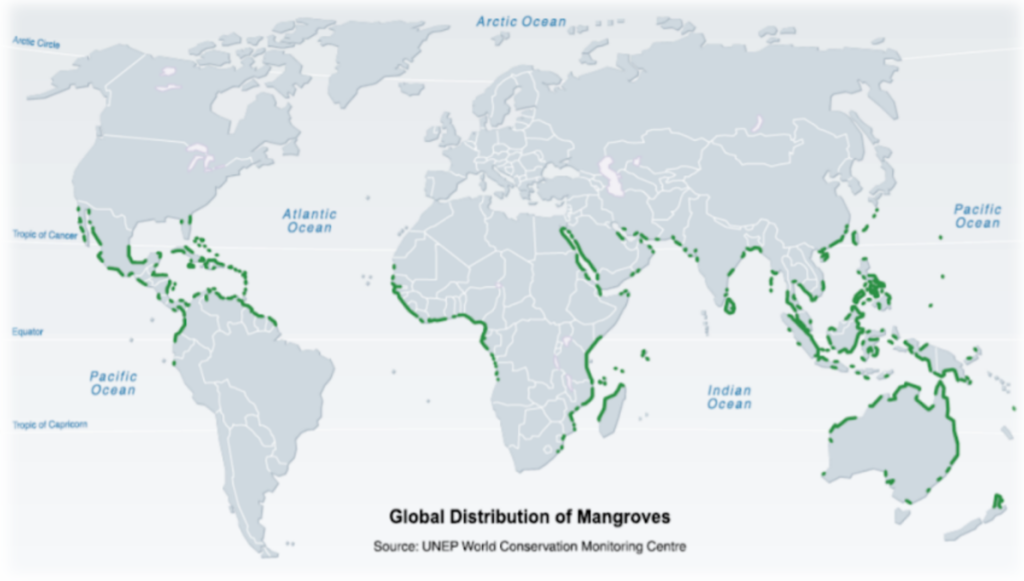
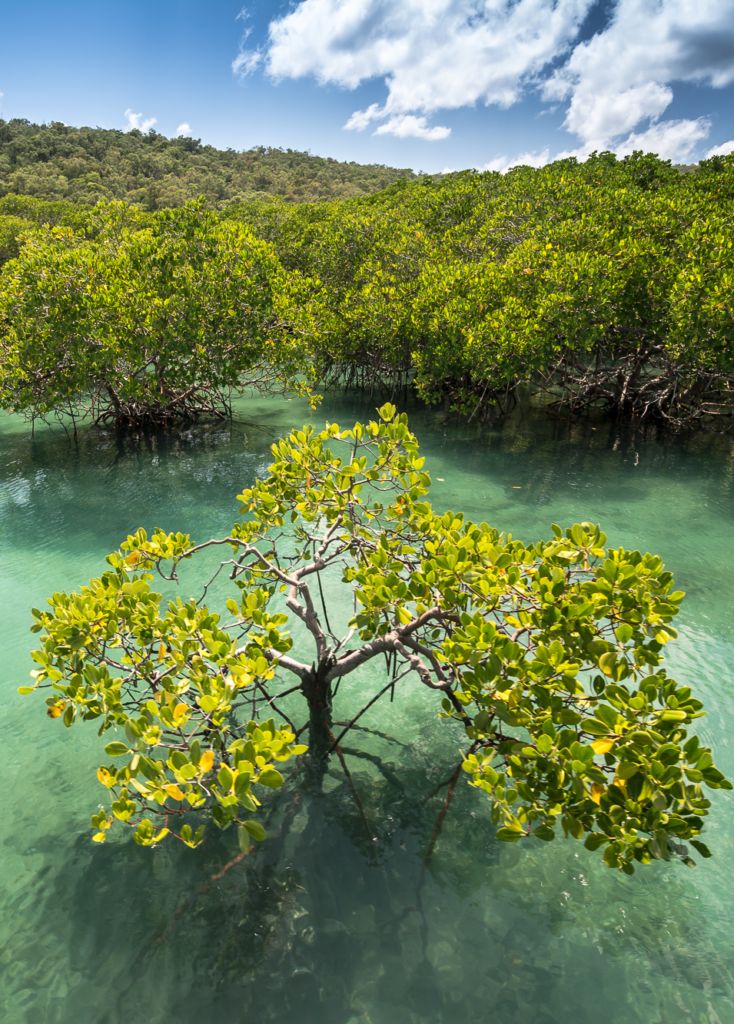
What is a mangrove?
Mangrove forests thrive in calm, shallow areas of tropical coastlines. These trees are one of the few species able to thrive on soil covered with salt and with roots submerged twice a day by the tides.
The conditions of this environment make the mangrove an essential nursery for maintaining the balance of oceanic species.
It is also one of the most important carbon sinks in the world, which makes it a considerable ally in the fight against the climate crisis.
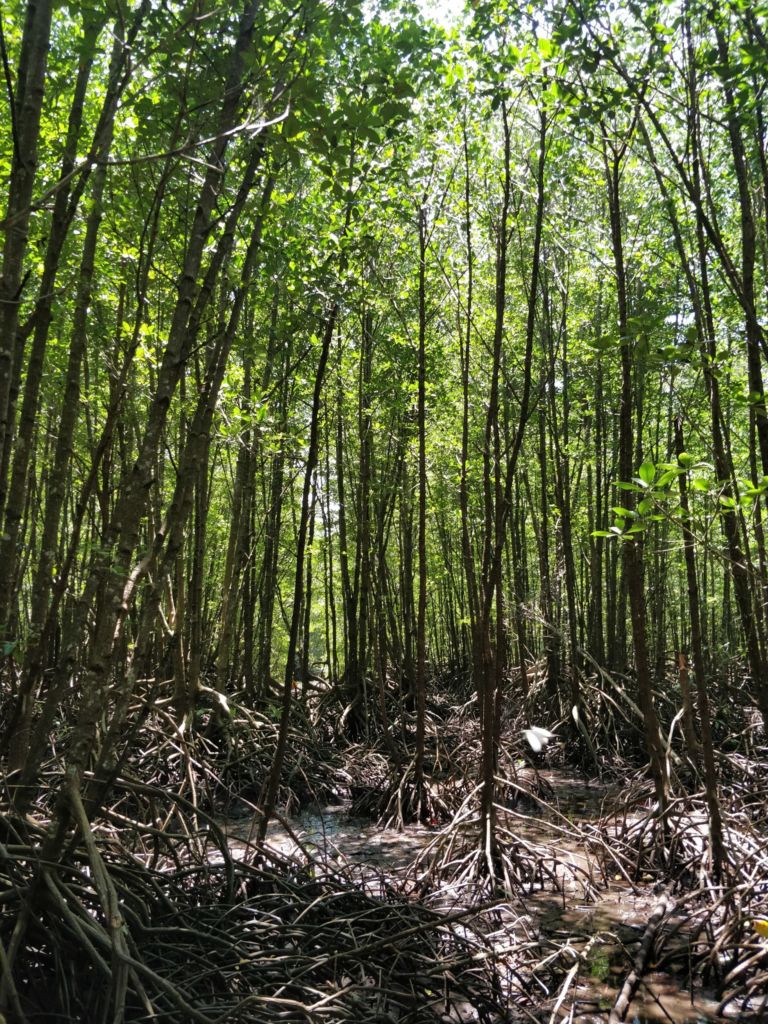
Mangroves, a carbon sink
The mangrove is a considerable carbon sink and essential for maintaining the earth’s balance.
It stores more than 25.5 million tonnes of carbon per year, which is 3 to 5 times more than tropical forests (IUCN). Indeed, mangroves are capable of capturing very large quantities of CO₂, necessary for their growth, then of storing it underground during their decomposition.
In Malaysia, mangroves can store up to 110 kg of net carbon per day! (Jin Eong Ong, Estuarine, Coastal and Shelf Science)
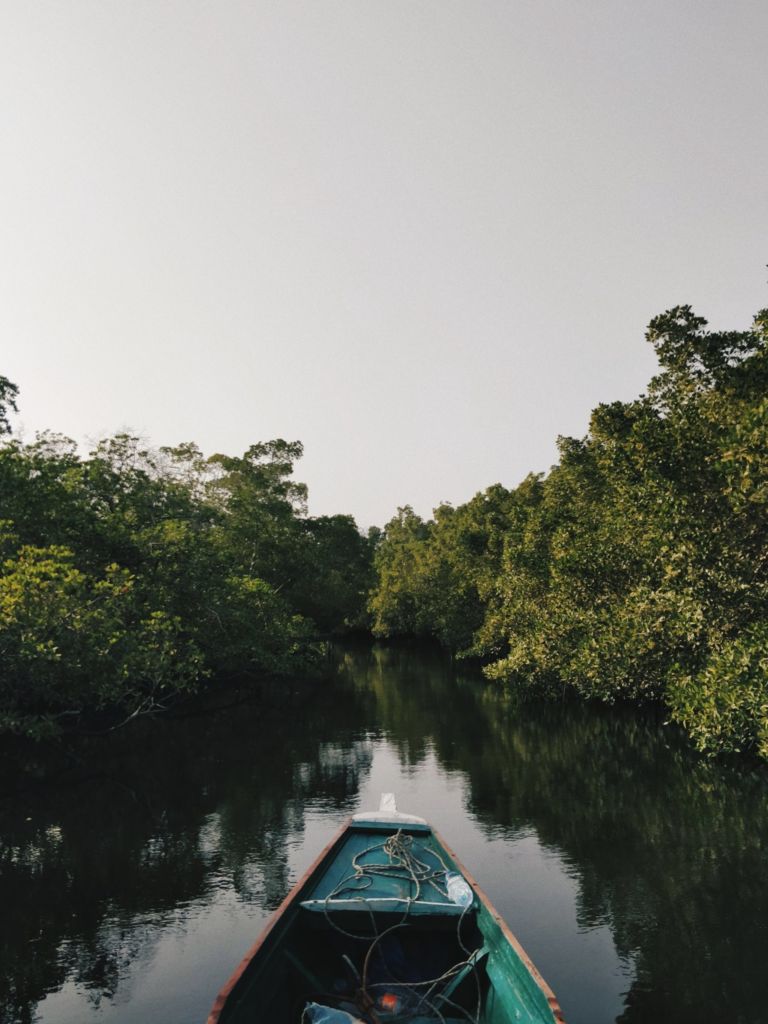
Mangroves, a filter of wastewater
This ecosystem also represents a filter of wastewater and heavy metals, which limits the dispersion of pollution. For example, 2 to 5 hectares of mangrove can treat 1 hectare of wastewater from aquaculture ponds. (IUCN)
Finally, it is estimated that a single hectare of mangrove can be sufficient to offset the emission of 726 tonnes of charcoal (Nature Conservacy).
Mangroves therefore greatly contribute to the purification of the environment and the treatment of anthropogenic discharges. As carbon storage is becoming a major issue in our millennium, the preservation of mangroves is an asset in countering the ravages of climate change.
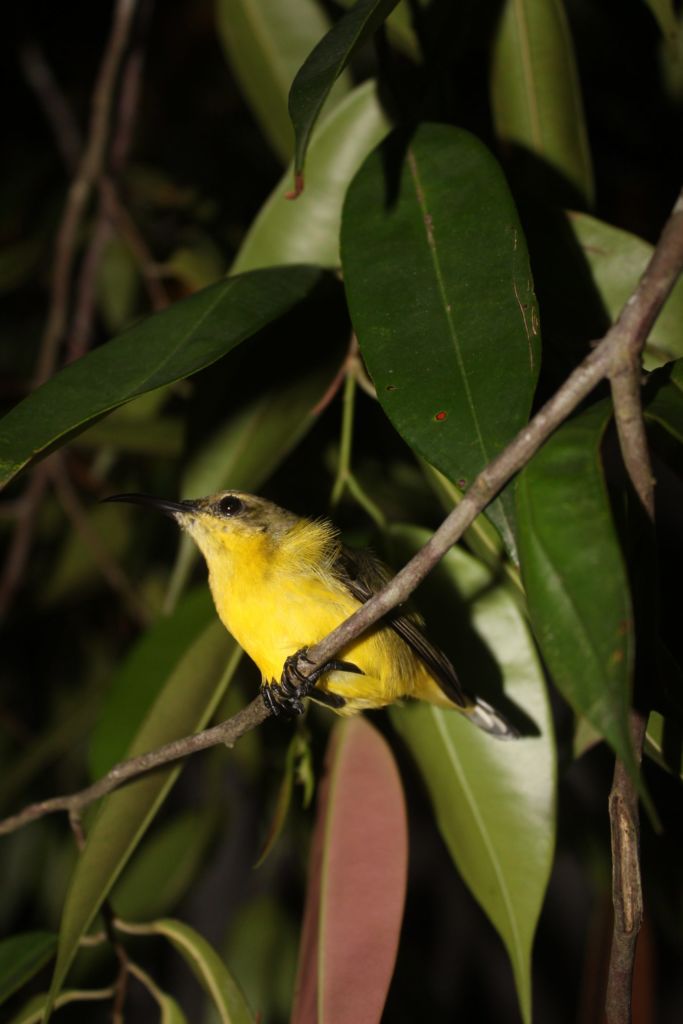
Mangroves, a refuge for biodiversity
The mangrove is an incredible nest of biodiversity, in which more than 3,000 different species of fish evolve. This ecosystem represents a nursery for marine species, which can develop there sheltered from waves, currents, and predators.
Some species are found there to reproduce safely. They can then give birth and allow their offspring to develop serenely before reaching the ocean. There is thus an abundance of crustaceans, fish, birds but also mammals (the Bangladesh tigers, for example, come to protect themselves from hunters).
On the island of Borneo, in Malaysia, the mangrove is the most frequent habitat of nasicas, small monkeys that come to find refuge there far from hunters. This secure environment is a key point in the balance of marine and terrestrial biodiversity, which makes its preservation a major ecological issue.
Author: Léa Bourglan, Tēnaka